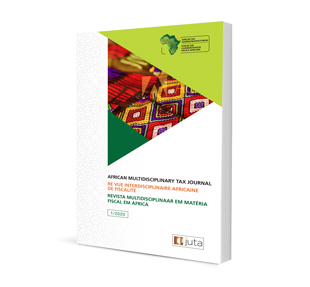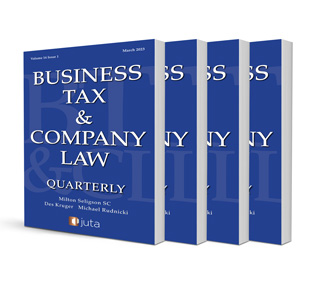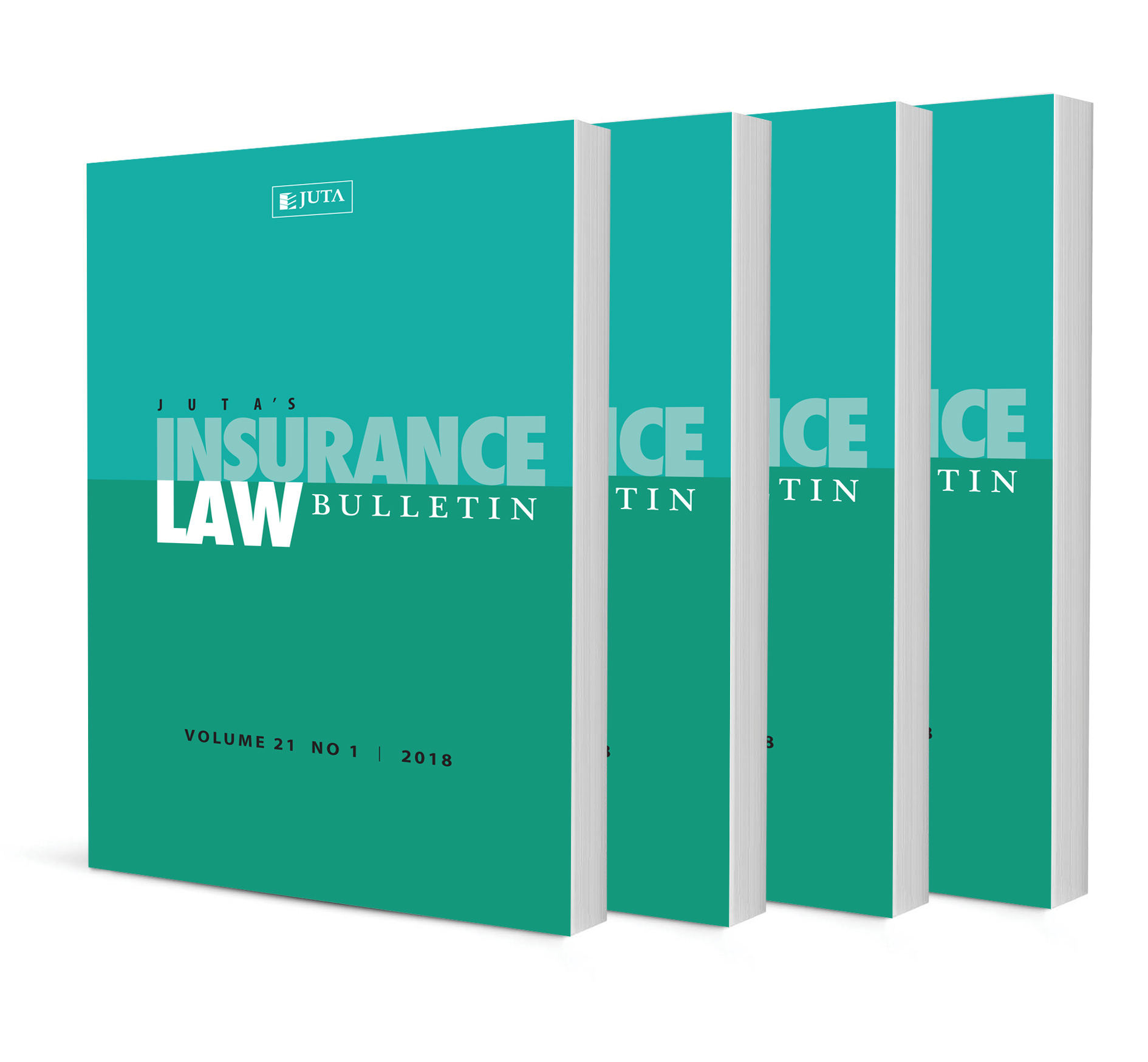The Impact of Tax Lottery Design on Tax Compliance: A Lab Experiment in Tanzania

The Impact of Tax Lottery Design on Tax Compliance: A Lab Experiment in Tanzania
Authors: Cyril Chimilila; Remidius Ruhinduka; Vincent Leyaro
ISSN: 2709-8575
Affiliations: Lecturer, Institute of Tax Administration, Tanzania; Senior Lecturer, School of Economics, University of Dar es Salaam; School of Economics, University of Dar es Salaam
Source: African Multidisciplinary Tax Journal, Volume 5, Issue 1 (2025), p. 235–253
https://doi.org/10.47348/AMTJ/V5/i1a11
Abstract
Low tax compliance undermines tax revenue mobilisation in developing countries. Various countries have adopted tax lotteries and rewards as alternative strategies to promoting tax compliance. However, there is limited empirical evidence on how best to design tax lotteries. This study used a lab experiment to study the effect of tax lottery design on compliance. The study used two lottery designs – a lottery of high reward and low probability and a lottery of low reward and high probability. The study found that there was higher compliance (85.2%) for the high reward, low probability lottery compared to the 81.9% for the low reward, high probability lottery; compliance in the control group was 69.8%. Using logistic regression, the study estimated the treatment effect. A lottery of high reward and low probability has a higher treatment effect: 0.1554 compared to 0.1341 for the low reward, high probability lottery. This study concludes that the design of lottery rewards has a significant effect on compliance. It contributes to the literature on the effect of tax lottery design on tax compliance and highlights the need for strategically designing tax lottery rewards to encourage higher compliance.

